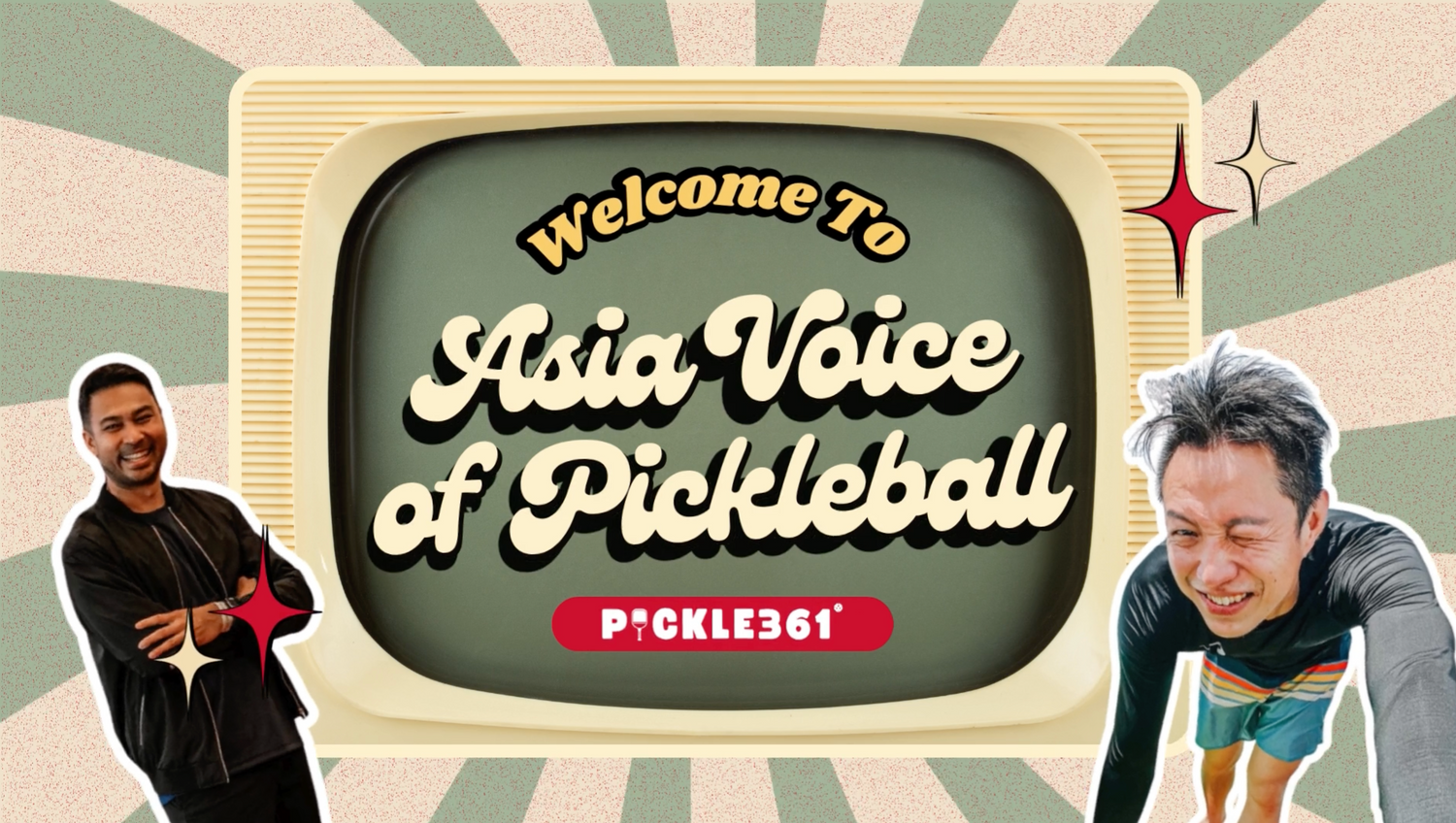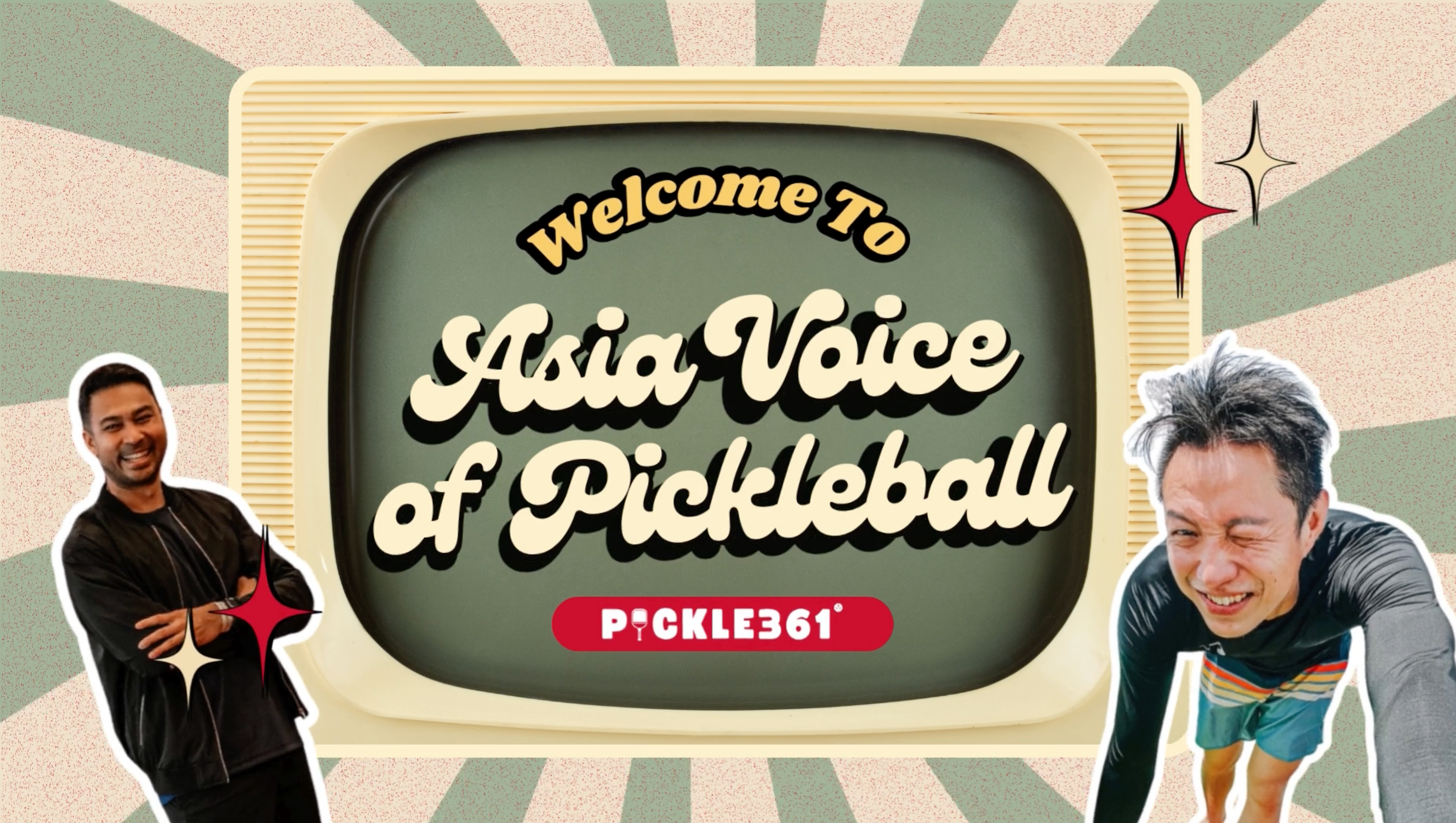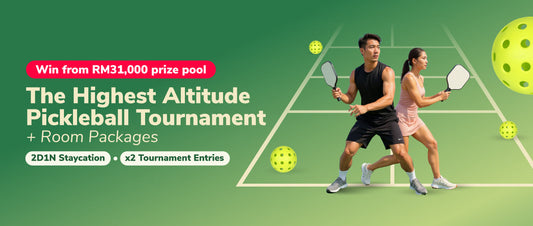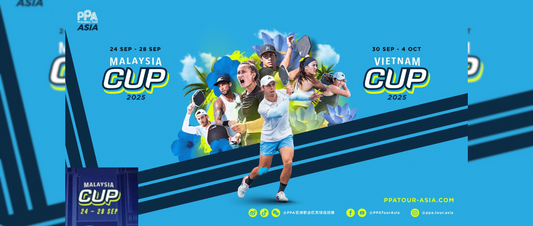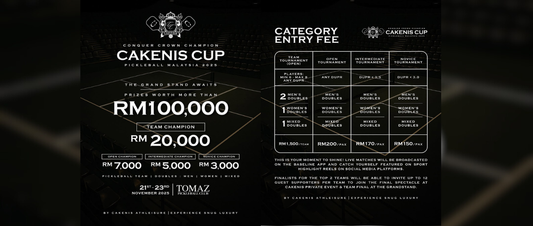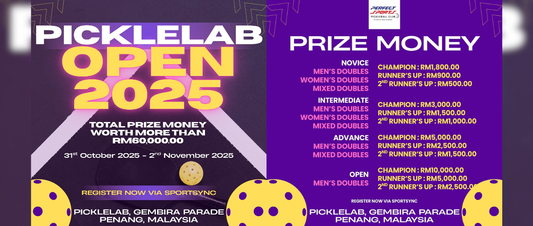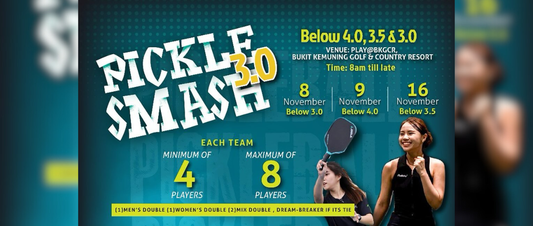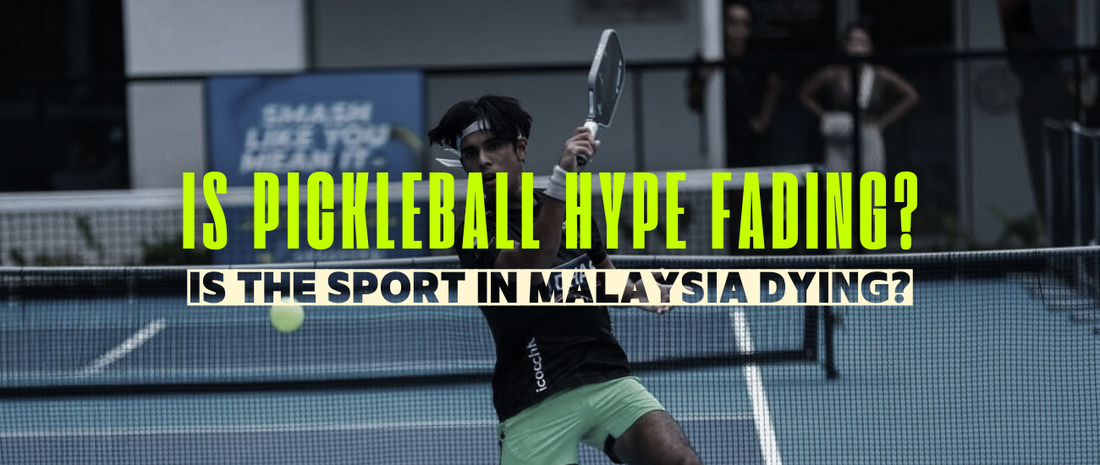
Is Pickleball Dying in Malaysia? Or Just Evolving?
Andrew LeeThis article is based on a video commentary by Klever Stock, titled Pickleball Hype Fading? Owners Forced to Sell Their Courts! 匹克球热潮退去?业者撑不住转让球场 - Watch here), which raised some timely questions:
Has the pickleball trend in Malaysia already cooled off? Are court businesses failing? What went wrong?
At Pickle361, we tuned in, and we’re adding our own perspectives, local insights, and constructive critique to what was said.

While the video effectively portrayed some of the current situation, Klever Stock seems to miss the perspectives held by those directly involved. Therefore, we feel certain aspects require additional background and others merit a more thorough examination, allowing us to offer our informed opinions.
This article is also solely based on our very own opinion witnessing how pickleball as a grass root sport can be involved on a national level.
This piece reflects a personal viewpoint on pickleball's development in Malaysia, specifically focusing on its potential to thrive at a national grassroots level. It is an opinion formed from direct observation.
When It Was Hot, It Was Too Hot
As the video described, 2023- 2024 saw an explosion of new pickleball courts across Klang Valley, Penang, and Johor.
Rooftops, old factories, car parks, anywhere a net could be set up became a pickleball court. It felt like a movement.
But now? Scroll through Xiaohongshu or Facebook groups and you’ll spot the pattern:
- “Court for sale - RM25K only”
- “Fully built pickleball business - RM650K negotiable”
- “Not closing due to poor biz - just shareholder disputes (promise!)”
 Image via cfongraphy
Image via cfongraphy
Pickle361’s thought:
The problem isn’t that pickleball suddenly disappeared. The real problem was everyone thought they could cash in, fast.
And many initial private investments into the court operating business did not go far into thinking about providing a complete facility, many that closed down due to lack of space planning, tournament standards and poor designs.
Business Model ≠ Sport Hype
Klever Stock nails this point: too many jumped in thinking pickleball was a shortcut to passive income. But few really asked:
- How big is the market, beyond Klang Valley?
- Will users keep coming after the novelty fades?
- What’s the monthly breakeven if courts cost RM70-100/hour to rent?
- How sticky is the sport for Malaysians?
This was classic “build it and they’ll come” thinking - except… they didn’t. At least, not every day, not in every location, not for every price point.
Pickle361’s thought:
The problem isn’t that pickleball suddenly disappeared.
 Image via GPA
Image via GPA
Countless initial private funding ventures into establishing pickleball court operations faltered due to insufficient planning for comprehensive facilities.
This included issues like inadequate space allocation, failing to meet tournament standards, and flawed designs, leading to many closures as more sophisticated players and demands come.
But Is Pickleball Actually Dying?
Here’s where we at Pickle361 would disagree slightly with the video tone.
No, pickleball isn’t dead. In fact:
- Malaysia ranked amongst the top globally in rate of growth in pickleball participation
- International tournaments recognizes our growth, PPA has two stops in Malaysia and WPC debuts has series of Pickleball events lining up
- Matta is preparing the biggest prize pool as a local tournament organizer to host a Grand Slam
- Local councils are working with private sectors to build Pickleball courts at RM20-25 hourly rate as ceiling price
- Association like Putrajaya Pickleball Association (PuPA) is working diligently promoting school activities working with Ministry of Education (MOE)
- Minister of Sports & Youth (KBS), YB Hannah Yeoh, is showing up in many pickleball events like KL Open 2025, and at the launch of pickleball courts.
 Image via Cik Manggis
Image via Cik Manggis
Pickle361’s thought:
Although initially driven by the Malaysian Chinese community, famously led by local celebrity Perry Kuan, who’s been playing competitively; Pickleball's popularity isn't waning; it's transforming.
More Muslim players are now embracing the sport, thanks to endorsements and promotion from local personalities like Cik Manggis, who won her recent tournament at Ambank Malaysia Pickleball Championship; And, Hairul, who actively appears in exhibition matches.
 Image via Hairul
Image via Hairul
Pickleball as a sport, it’s finding its real footing amongst the Malaysians.
Think of it this way: the court building hype burned fast, but underneath, a genuine community is still growing.
So, What’s the Real Lesson?
Pickleball is a fantastic sport. But as a business? It needs:
- Market validation, knowledge and experience to be shared
- Smart pricing tiers & strategic locations planning
- Multiple revenue streams (Players development, training, leagues, retail, clubs, coaches, food and beverages, social programs, sports recovery, juniors program)
- Scalable operations and collaboration between the business promoters
Klever Stock emphasized “follow-the-hype” investing as the main pitfall, and we agree. Don’t turn a sport you love into a business you regret.
Pickleball in 2025: Evolved, Not Exploded
We’ve seen this before: badminton surges during Olympic years. Gyms fill up in January. But sports that survive are those with sticky communities, local heroes, and clear value beyond trend.
At Pickle361, we’re betting on:
- Pickleball as a community sport, pickleball at Re-Club hosts are key to attracting new players on the ground
- Growth through grassroots training, more competitive players, try overseas competitions
- Tournament culture over vanity courts all over Malaysia (Sentul Depot, 9Pickle, GPA, Pickle Land), more long term leagues, more experienced organizers will thrive
- Smarter business planning, not just flashy rollouts
- Involve media, make it big, attract bigger ticket sponsors
- Learn from other vertical sports, like how Marathon runs are doing, make less mistakes
The future isn’t in opening 1,000 courts. It’s in making the right ones matter.

